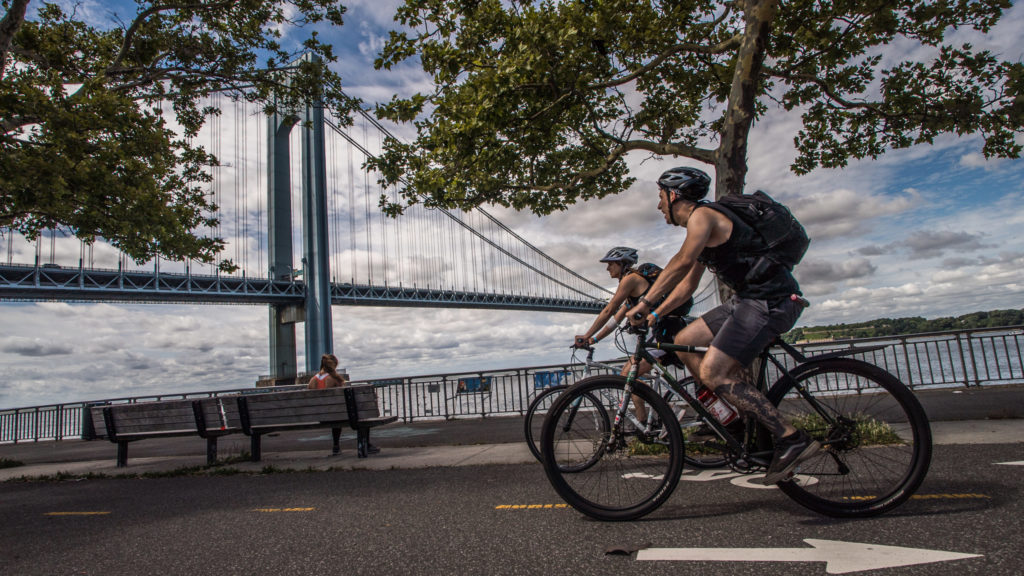Study of Brooklyn Waterfront Greenway aims to build ‘a more resilient and equitable borough’

 Brooklyn Greenway Initiative on Monday announced the launch of a comprehensive user study of the Brooklyn Waterfront Greenway that will measure the mobility, environmental, economic, health, and social impacts of the route.
Brooklyn Greenway Initiative on Monday announced the launch of a comprehensive user study of the Brooklyn Waterfront Greenway that will measure the mobility, environmental, economic, health, and social impacts of the route.
The study will use a computer vision sensor and data platform to document for the first time how many people use the protected pedestrian and cycling route. Field research will clarify who is using the Greenway and will compare recreational use to commuter use. The study will also collect information about frequency of use, illuminating the Greenway’s role within Brooklyn and New York City’s larger mobility system.
“The Greenway is meant to serve all ages and abilities,” said Terri Carta, executive director of the Brooklyn Greenway Initiative. “For too long, implementation of New York City’s greenway network has been opportunistic and reactive to other capital projects and public works. This study will generate the data we need to take a more strategic approach. To understand how the Greenway can contribute to a more resilient and equitable borough, we need to know who is using it and how.

Brooklyn Boro
View MoreNew York City’s most populous borough, Brooklyn, is home to nearly 2.6 million residents. If Brooklyn were an independent city it would be the fourth largest city in the United States. While Brooklyn has become the epitome of ‘cool and hip’ in recent years, for those that were born here, raised families here and improved communities over the years, Brooklyn has never been ‘uncool’.